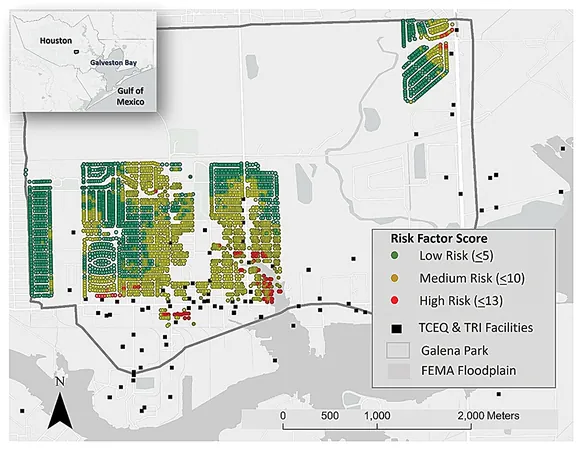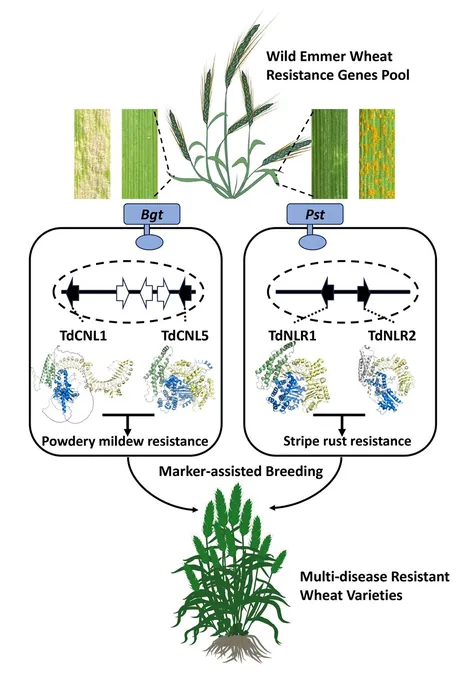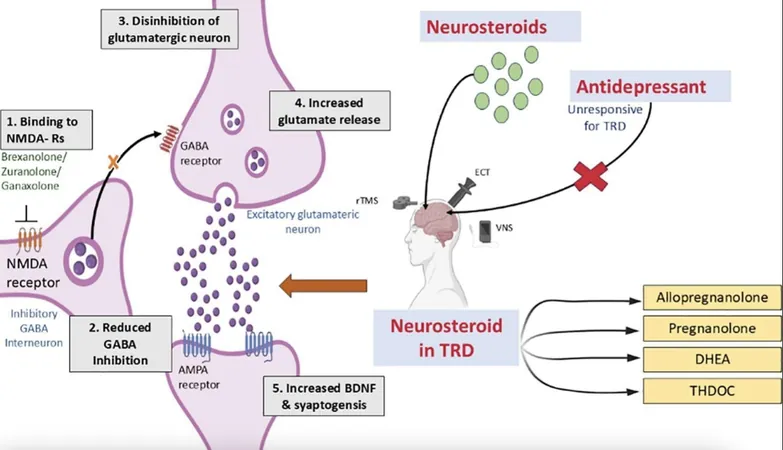
Revealed: Why Residents in High-Risk Areas Are Eager to Accept Buyouts
2025-05-08
Author: John Tan
Ignoring the Risks No More: Galena Park's Fight for Health and Safety
Nestled on the banks of the Houston Ship Channel lies Galena Park, Texas, an area overshadowed by the nation’s largest petrochemical complex. With 40 industrial plants and two colossal oil refineries, this town faces significant health risks due to its proximity to hazardous materials.
Approximately 4,200 of Galena Park’s nearly 10,500 residents live dangerously close to these industrial sites, facing persistent exposure to pollutants that heighten their chances of developing cancer and respiratory diseases. Despite this alarming reality, many remain anchored to their homes, constrained by financial difficulties.
A Community Under Threat: The Demographics Behind the Numbers
Dr. Garett Sansom, an environmental health expert from Texas A&M University, highlights an unsettling truth: "In high-pollution areas like Galena Park, 85% of the residents are Hispanic, many living on low incomes." This socio-economic disadvantage not only amplifies health issues but also connects them to systemic racial segregation.
A Lifeline Awaits: The Promise of Home Buyouts
In a groundbreaking study featured in *Sustainable Environment*, Dr. Sansom and his Texas A&M team have turned the spotlight on a possible solution for residents: home buyouts. These government programs are designed to purchase homes in hazardous locations, offering relocation assistance to those living in danger zones typically known for natural disasters—now being applied to environmental threats.
The researchers analyzed factors influencing Galena Park residents’ willingness to accept these buyouts. Their methodology involved rating properties based on flood risks, storm surges, and proximity to pollution sources, while also gathering insights into residents’ environmental concerns.
Knowledge is Power: What the Study Reveals
The study unearthed a compelling finding: those most informed about their environmental risks were more likely to consider a buyout. Dr. Sansom emphasizes, "The most significant takeaway is that residents’ awareness of their health risks plays a critical role in their decision-making regarding buyouts." This insight could redefine strategies for targeting areas most affected by environmental hazards.
Looking Ahead: The Need for Further Research
While the study offers vital insights, Dr. Sansom acknowledges limitations—like its small sample size and one-time data collection. He stresses the importance of ongoing research into the relocation process and the long-term effects of these buyouts on communities.
As these efforts unfold, Galena Park residents remain hopeful that with greater awareness and support, a brighter, healthier future can emerge from the shadows of environmental peril.




 Brasil (PT)
Brasil (PT)
 Canada (EN)
Canada (EN)
 Chile (ES)
Chile (ES)
 Česko (CS)
Česko (CS)
 대한민국 (KO)
대한민국 (KO)
 España (ES)
España (ES)
 France (FR)
France (FR)
 Hong Kong (EN)
Hong Kong (EN)
 Italia (IT)
Italia (IT)
 日本 (JA)
日本 (JA)
 Magyarország (HU)
Magyarország (HU)
 Norge (NO)
Norge (NO)
 Polska (PL)
Polska (PL)
 Schweiz (DE)
Schweiz (DE)
 Singapore (EN)
Singapore (EN)
 Sverige (SV)
Sverige (SV)
 Suomi (FI)
Suomi (FI)
 Türkiye (TR)
Türkiye (TR)
 الإمارات العربية المتحدة (AR)
الإمارات العربية المتحدة (AR)